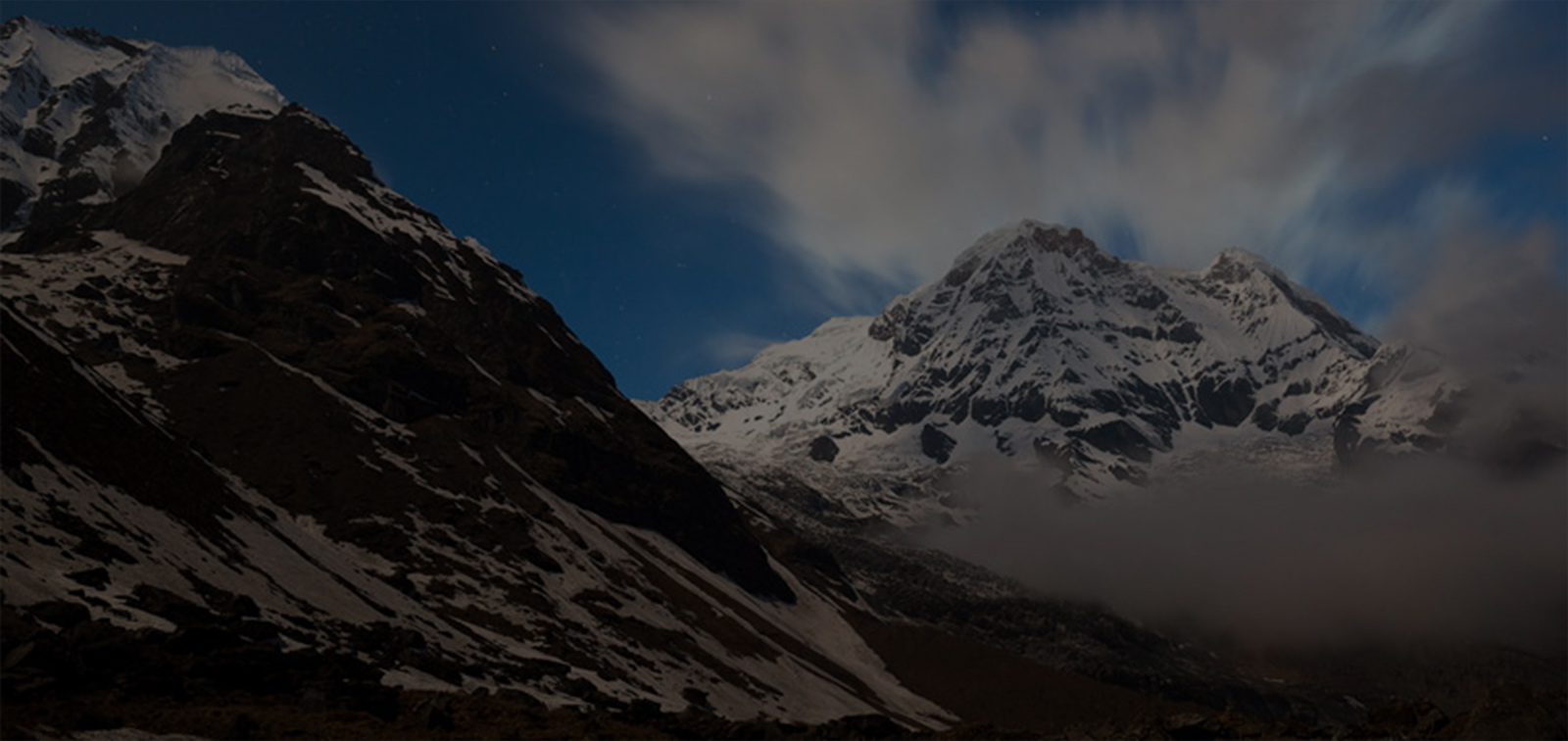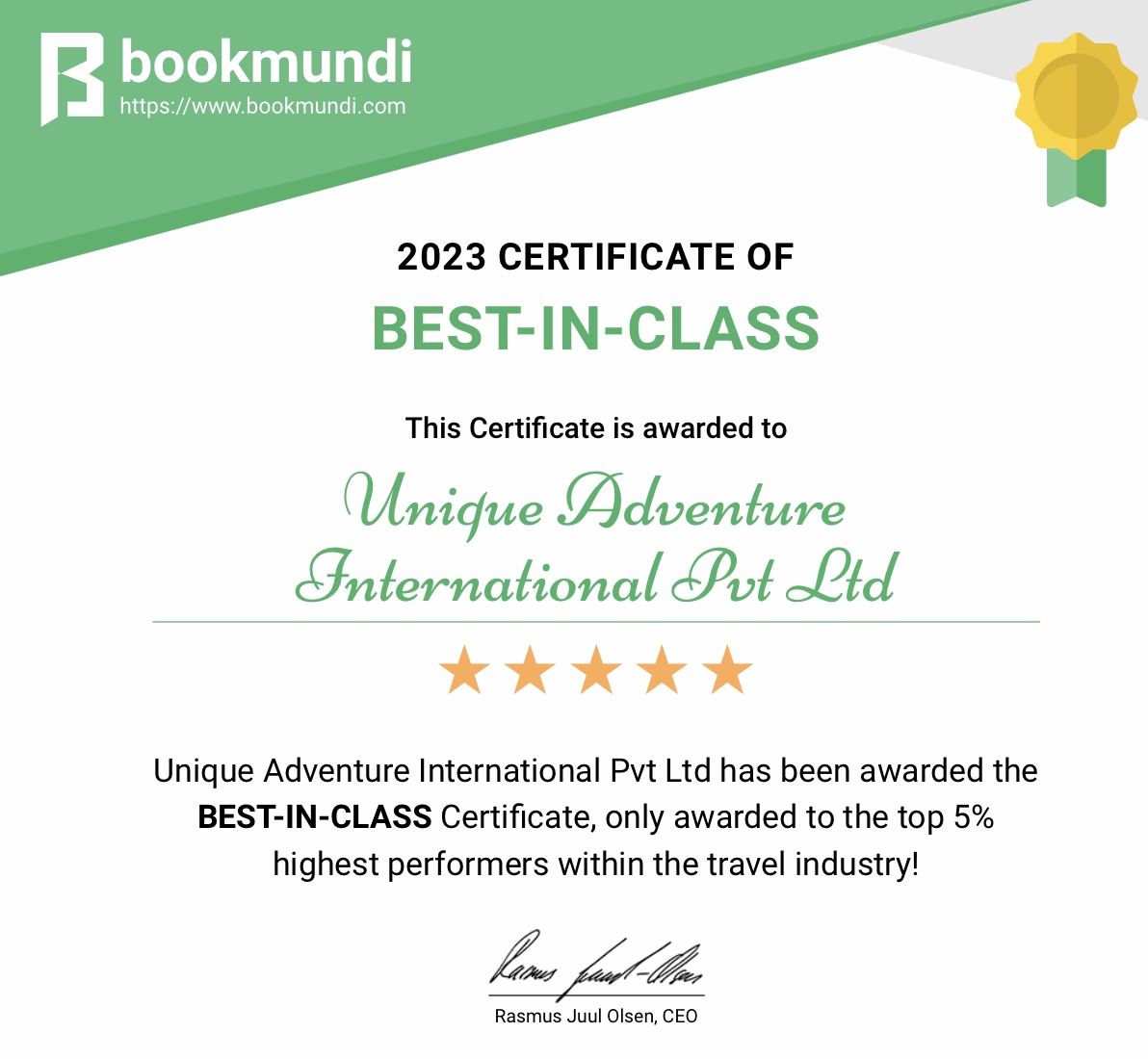Nepal: A Himalayan Wonderland Nestled Between Giants
Tucked away in the southern fringes of the vast Asian continent, Nepal stands as a tiny rectangular nation, cradled between two vastly populated giants—China to the north and India to the south, east, and west. This Himalayan kingdom is a world unto itself, a realm of breathtaking contrasts and unparalleled natural splendor.
The topography of Nepal is a tapestry of extremes, where the world's highest peaks pierce the heavens, their snow-capped summits reaching for the abode of the gods. The mighty Mt. Everest, along with Mt. Kanchenjunga, Mt. Lhotse, Mt. Makalu, Mt. Cho Oyu, Mt. Dhaulagiri, Mt. Manaslu, and the iconic Mt. Annapurna, beckon mountain enthusiasts and adventurers from far and wide.
Yet, within a day's journey from these towering giants, you'll find yourself immersed in the vibrant tropical forests, where Royal Bengal Tigers prowl amidst the dense foliage and one-horned Rhinos, Gharials, Crocodiles, and myriad endangered vertebrate mammals and reptiles thrive alongside the friendly natives belonging to 36 distinct ethnic groups.
It is not unusual to bask in the crisp morning air of the snowy peaks and then find yourself basking under the warm tropical sun, all within the span of a day's journey on foot. This land is blessed with everlasting peace and tranquility, a serenity so profound that it is said to have birthed Lord Buddha himself. According to Hindu legends, it is also the birthplace of Sita, the revered consort of Lord Rama, as depicted in the ancient epic Ramayana.
These ancient and medieval relics are meticulously preserved, radiating life and stories that seem to whisper from every wall, leaving visitors gasping for breath as the breathtaking vistas unfold before their eyes.
Nepal at a Glance:
- Continent: Asia
- Official Name: Federal Democratic Republic of Nepal
- Capital: Kathmandu
- Location: Situated between India in the south, east, and west, and the Tibetan Autonomous Region of China in the north.
- Area: 147,181 sq. km.
- Length: 885 km. (East to West)
- Width: Non-uniform, mean width of 193 km. (North to South)
- Political System: Democratic Republic
- Population: 30.55 Million
- Population Growth Rate: 2.2%
- People: Nepal is home to more than 100 ethnic groups and 110 spoken languages.
- Religion: Hinduism, Buddhism, Jainism, Sikhism, Islam, and Christianity.
- National Flower: Rhododendron arboreum (Lali Gurans)
- National Bird: Impeyan Pheasant (Danfe)
- Time Zone: 5 hours, 45 minutes ahead of GMT
- Unit of Currency: Nepalese Rupee (Re)
Accessing Nepal:
By Air: The simplest and most convenient way to reach Nepal is by air, as land access can be challenging. International flights connect Kathmandu with destinations across the Asia-Pacific region, including Thailand, Singapore, Hong Kong, Tokyo (Japan), and Shanghai (China). Flights also operate from Indian cities like Delhi, Mumbai, Varanasi, and Calcutta, with services provided by Indian Airlines and private carriers like Jet Airways and Jet Lite. Nepal is also accessible from Islamabad (Pakistan) and Dhaka (Bangladesh), serving as a gateway for SAARC countries. Additionally, numerous tourists arrive from the Middle East via Qatar Airways (Doha), Gulf Air, Air Arabia, FlyDubai, and Etihad Airways (Abu Dhabi). European visitors can reach Nepal via Amsterdam on Arke Fly, which operates weekly flights throughout the year. Nepal's national carrier, Nepal Airlines Corporation (NAC), operates connecting flights to various international destinations.
By Land: Accessing Nepal by land can be challenging. Entry from the Tibetan Autonomous Region of China requires obtaining a valid visa from Chinese embassies worldwide. If traveling from India, the main entry point is Sunauli, which serves as the gateway to Lumbini. India has railway access to some Nepali border towns like Birgunj, and it's also possible to take a bus from Delhi to Tanakpur in Nepal's far western region, with Mahendranagar as another entry point.





















